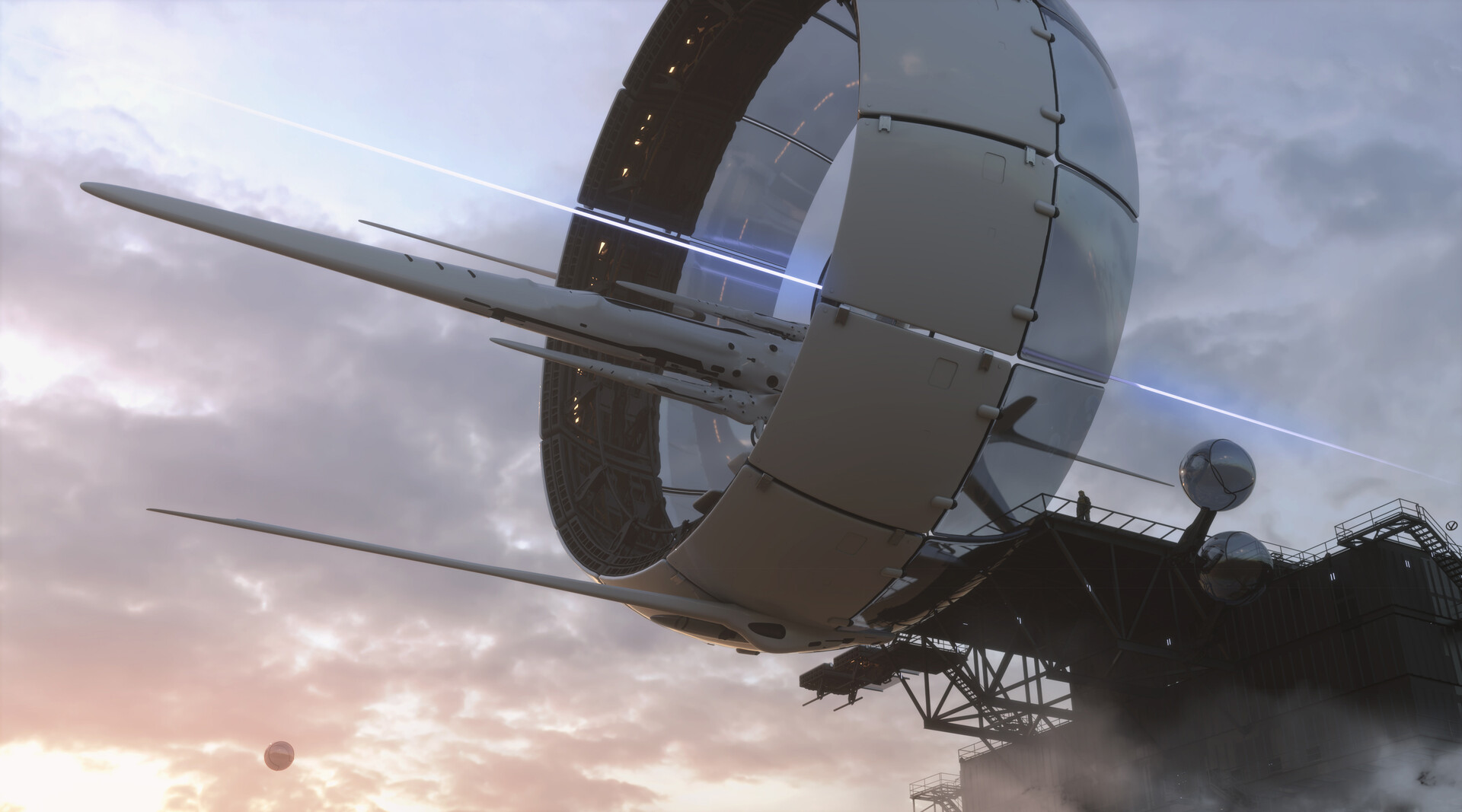Exploring the Cosmos: A Spaceship is Traveling at a Velocity of 100,000 Kilometers Per Hour
Guide or Summary:Understanding Velocity in Space ExplorationTechnological Innovations Enabling High VelocitiesThe Journey of a Spaceship at High VelocityCha……
Guide or Summary:
- Understanding Velocity in Space Exploration
- Technological Innovations Enabling High Velocities
- The Journey of a Spaceship at High Velocity
- Challenges of High-Speed Space Travel
- The Future of Space Travel
#### Introduction
In the vast expanse of the universe, the concept of speed takes on a whole new meaning. When we say, **"a spaceship is traveling at a velocity of 100,000 kilometers per hour,"** we are not just discussing a number; we are delving into the wonders of space travel, the technology behind it, and the implications for humanity's future in the cosmos.
#### The Significance of Speed in Space Travel

Understanding Velocity in Space Exploration
Velocity is a critical factor in space exploration. It determines how quickly a spacecraft can reach its destination, whether it be another planet, a moon, or even the edge of our solar system. At a velocity of 100,000 kilometers per hour, a spaceship can traverse vast distances in relatively short periods, making ambitious missions to Mars or beyond more feasible.
Technological Innovations Enabling High Velocities
To achieve such impressive speeds, engineers and scientists have developed advanced propulsion systems. Traditional chemical rockets, while powerful, have limitations in terms of speed and efficiency. Innovations such as ion propulsion and nuclear thermal propulsion are at the forefront of modern space travel technology. These systems allow for sustained acceleration over long periods, enabling spacecraft to reach velocities that were once thought impossible.
The Journey of a Spaceship at High Velocity
Imagine a spaceship embarking on a mission to explore the outer planets of our solar system. As it accelerates to a velocity of 100,000 kilometers per hour, it quickly escapes the gravitational pull of Earth. The journey is not just about speed; it’s also about the trajectory and the gravitational assists that can be utilized to further increase the spacecraft's velocity.
Challenges of High-Speed Space Travel
Traveling at such high velocities presents unique challenges. One of the primary concerns is the effect of space debris. At 100,000 kilometers per hour, even a small piece of debris can cause catastrophic damage to a spacecraft. Engineers must take into account the potential risks and design spacecraft with shields and avoidance systems to protect against these hazards.
The Future of Space Travel
As we look to the future, the idea of a spaceship traveling at a velocity of 100,000 kilometers per hour opens up a world of possibilities. Missions to Mars could become routine, and the dream of interstellar travel may inch closer to reality. The potential for colonization of other planets, mining asteroids for resources, and even visiting exoplanets becomes more tangible with advancements in speed and technology.
#### Conclusion

In conclusion, the phrase **"a spaceship is traveling at a velocity of 100,000 kilometers per hour"** encapsulates the excitement and potential of modern space exploration. It represents not just a speed but a gateway to the stars. As technology continues to evolve, the possibilities for human exploration of the cosmos are limited only by our imagination. The journey into the unknown is just beginning, and with each advancement, we come closer to unraveling the mysteries of the universe.